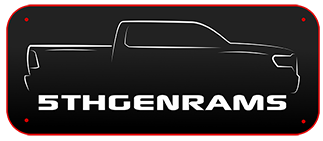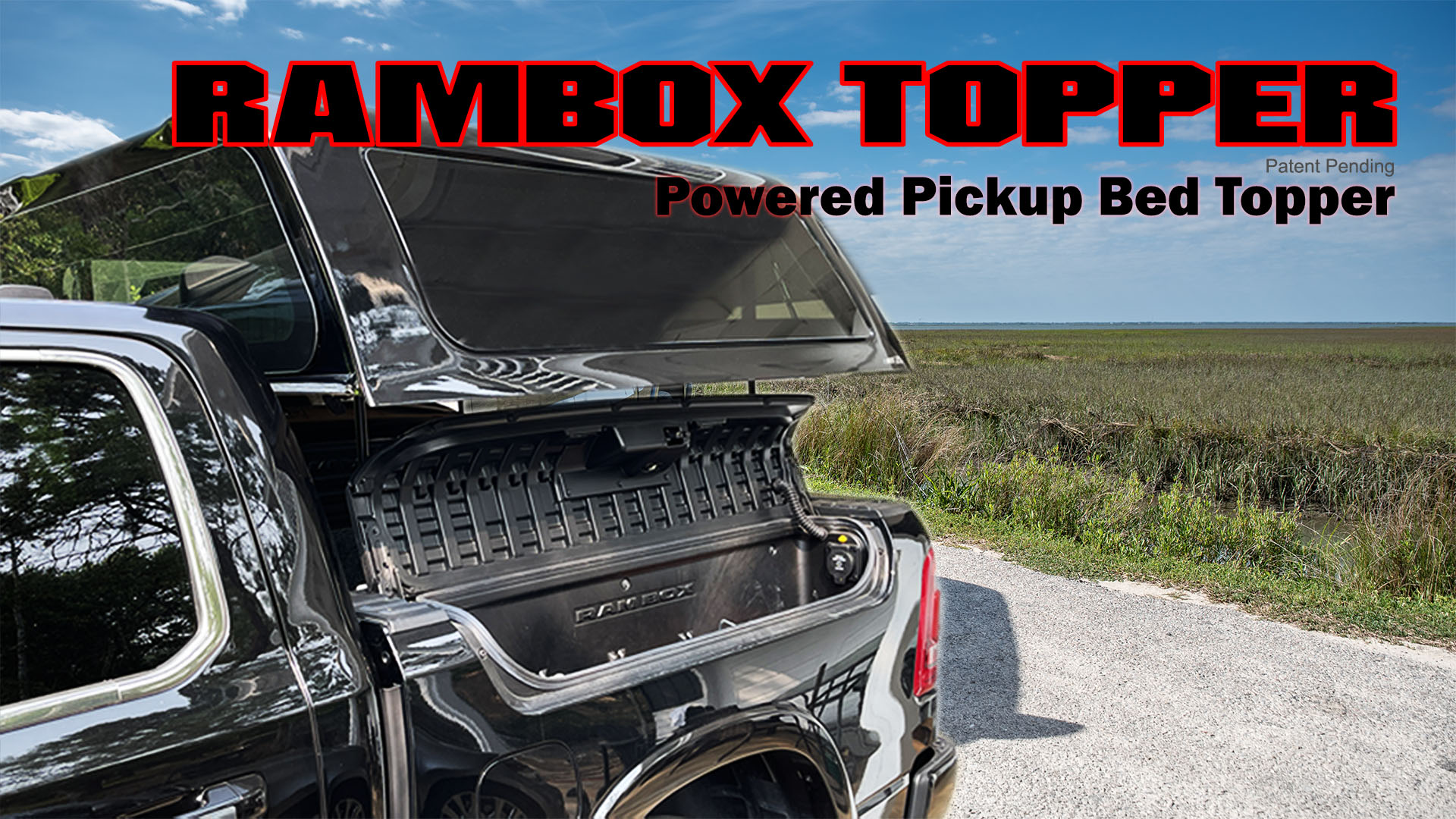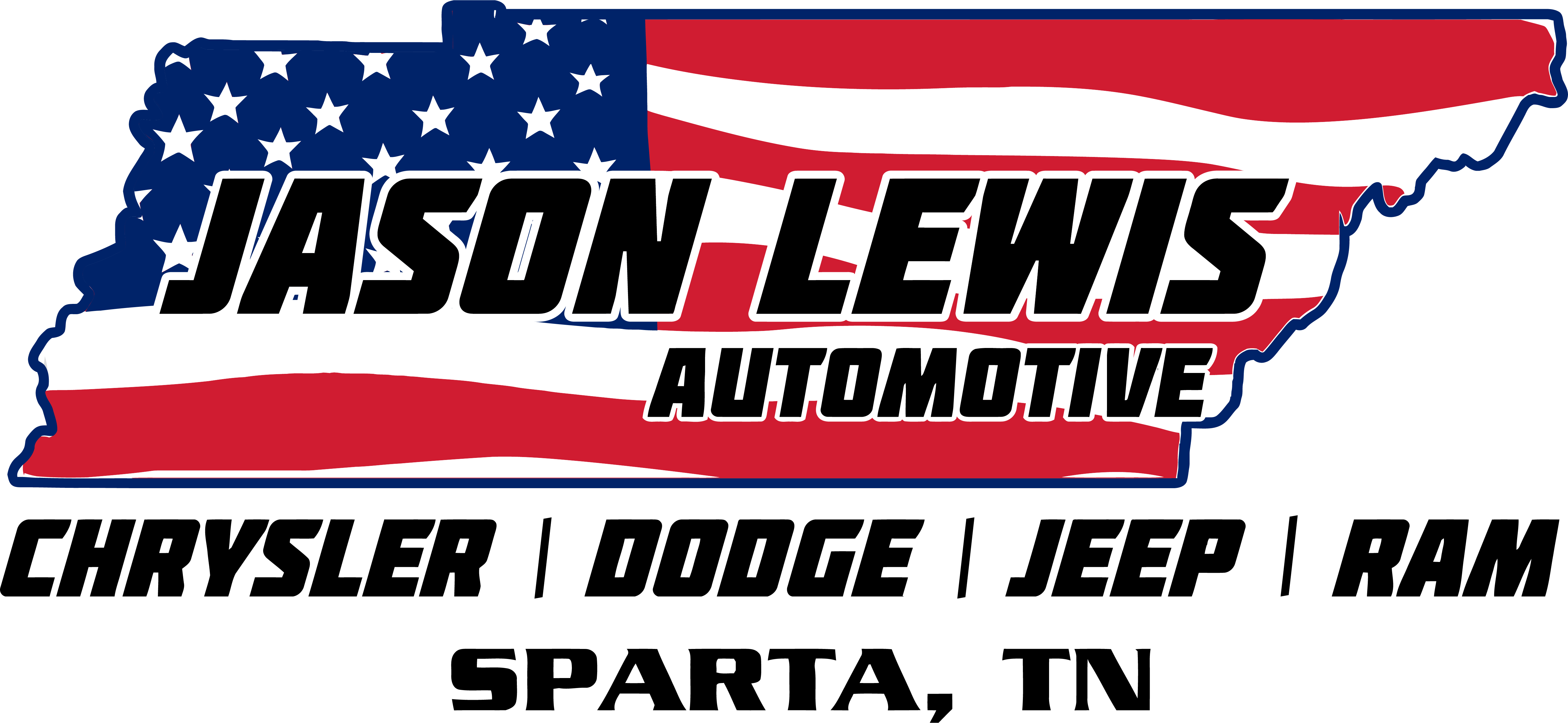Trooper4
Ram Guru
- Joined
- Feb 14, 2019
- Messages
- 1,934
- Reaction score
- 2,221
- Points
- 113
- Age
- 76
- Location
- KITTITAS, Washington
With my '05 Duramax I averaged about 10, same an what I get now with my 1500. It isn't all about the weight, but mostly the wind resistance. Look at all the square footage of the front of a towable. A TT has a frontal area of about 8' x 7'. That figures out to about a 56 sq.ft. vertical surface you are trying to drag through the air. Then when you look at varying air currents, side and head winds, and turbulence from other traffic, 10 mpg +/- is a damn good number. If you look at the big diesel coaches, they run 6 mpg+/- with some of the newer ones getting very little better. So, don't feel bad, you aint doing bad.I can’t see towing much of any TT (other than a pop up) and getting 8-12 mpg as being poor mileage. I dont know of any gasser that would do appreciably better. You could always waste I mean spend $10K more on a diesel to get 5 more mpg.
Last edited:











